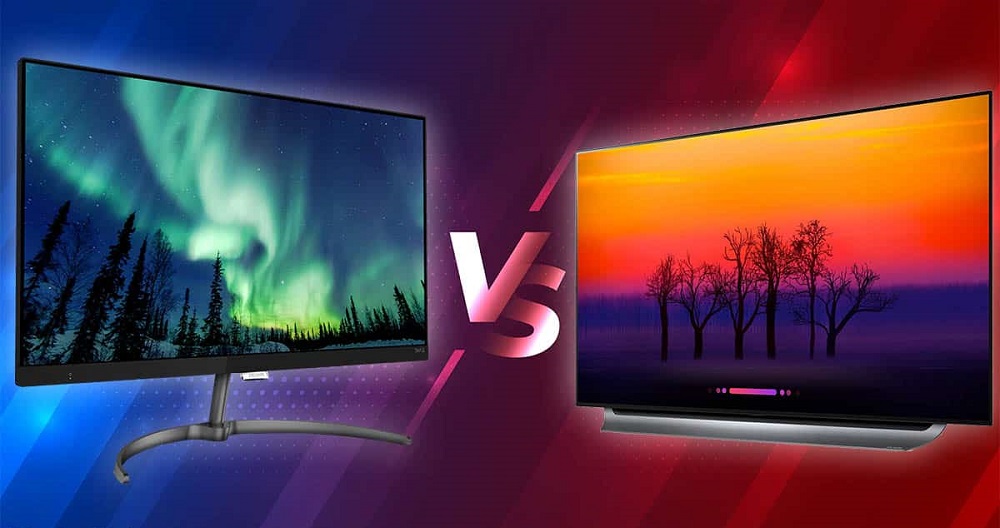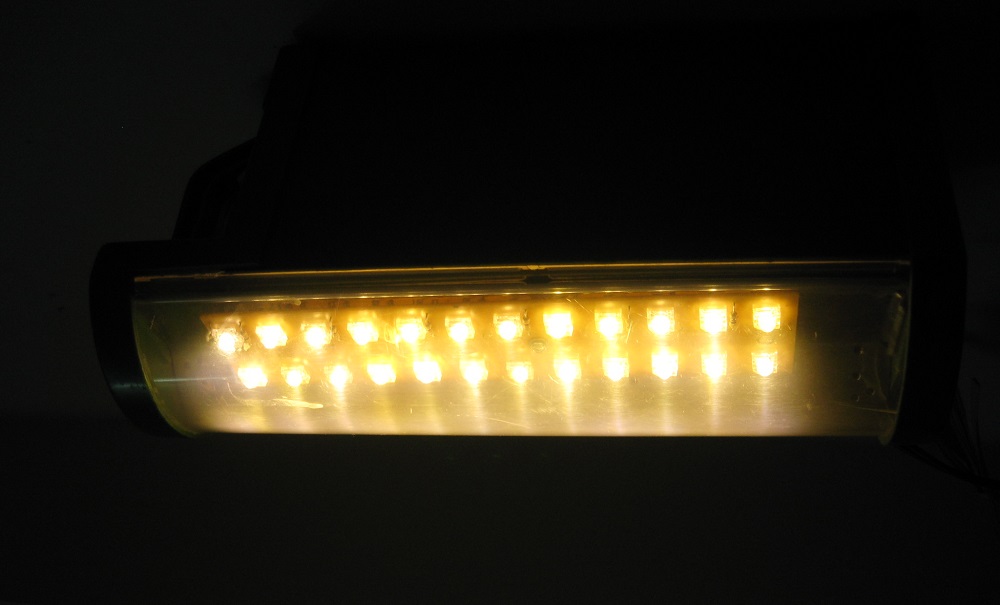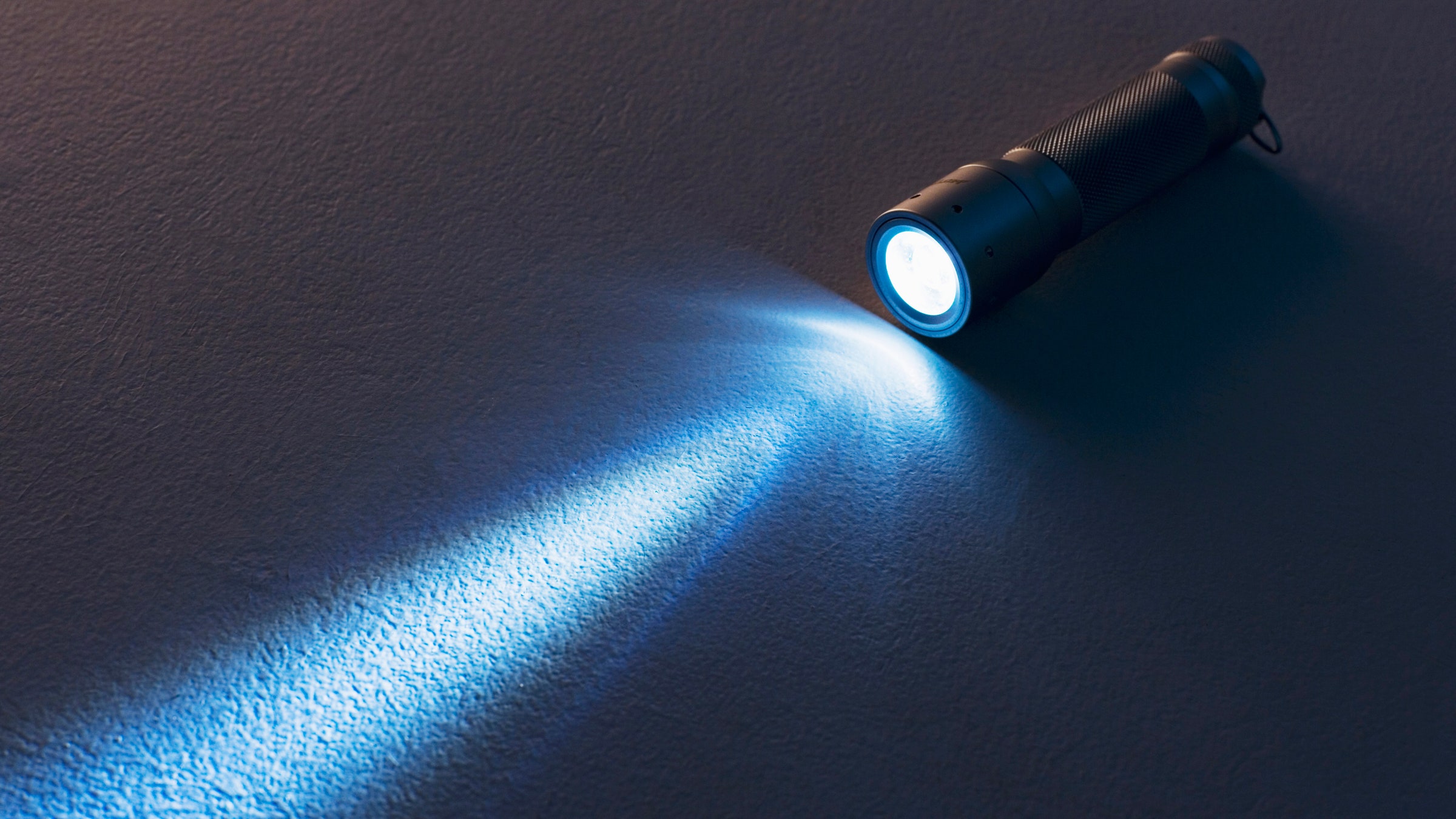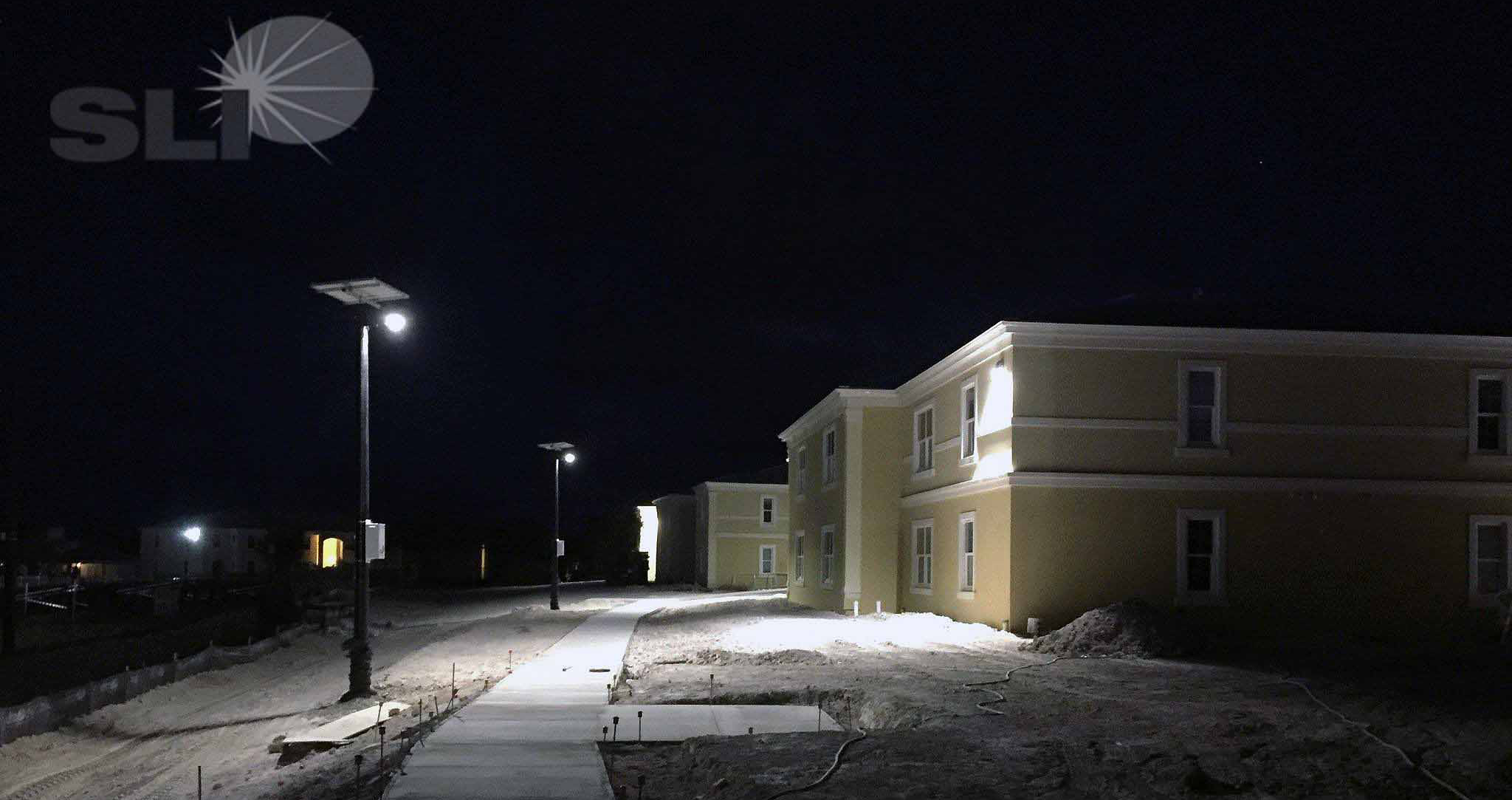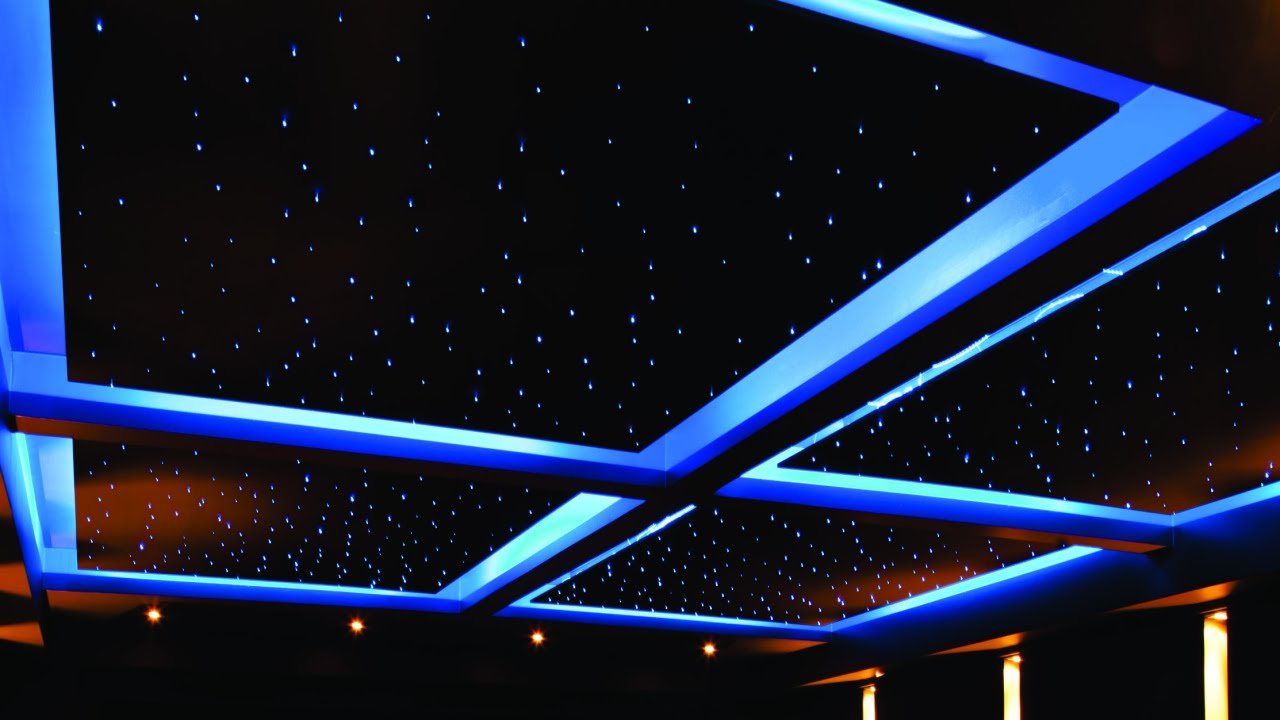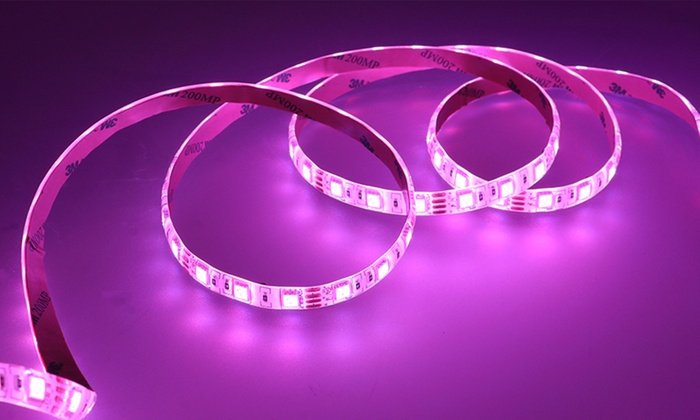For plants to produce food, they need exposure to light. In the past, the only light source available to growers and farmers was the natural light provided by the sun. While the sun remains a reliable power source, it impacted just how much food farmers could grow since the sun didn’t always rise to full intensity. However, as time progressed, researchers have been able to determine the relationship between light and plant growth.
1. What are LED Grow Lights?
2. Benefits of LED Grow Lights
3. What type of plants are LED Grow Lights good for?
4. When to use LED Grow lights in your plant?
5. How do LED Grow lights work?
6. Why are LED Grow Lights Purple?
7. How to use LED Grow Lights
8. Which LED Grow Lights are the best?
9. Where to buy LED Grow Lights
10. Conclusion
Ever since this discovery, different lighting technology has been adopted to boost plant growth, also called photosynthesis. Today, LED technology has become one of the most widely used lighting technology. In this article, we will reveal to you the benefits of LED technology and how you can use it to boost your plant yields.
What are LED Grow Lights?

LED Grow Lights are energy efficient lights used by growers in indoor spaces. They are mainly used for boosting the yields of plants grown in enclosures that may not have sufficient access to sunlight. LED lights don’t have filaments but pass current through what is called a semiconductor, which in turn, creates a spectrum. They can be used as a supplementary light source or the main light source for growing plants.
They’ve become the go-to lighting system for many because they are energy efficient and have a longer lifespan ranging between 50,00-100,000 lighting hours.
Benefits of LED Grow Lights

There are so many benefits to be gained when you use LED grow lights for your plants. Some of the benefits are;
Quick Harvest
If your plants mature quickly, you can harvest them on time. Exposure to light 24 hours round the clock will ensure that the plants keep growing. While this is not possible with natural sunlight at night when the sun is down, you can guarantee lighting by deploying LED bulbs to full effect. The quick and constant growth of your plants will reduce the time gap between cultivation and harvesting.
Long lifespan
LED bulbs are known to have an extended lifespan compared to other lighting technology. This is because they operate at a much lower temperature and can run for a long as 100,000 lighting hours. Their extended lifespan will ensure that you spend less on replacements and save money as a result.
Energy Efficiency
It makes no sense to spend so much on energy bills simply because you wish to grow one or more plants in an enclosed environment. Since your bulbs will be on for most of the day, you need to consider going for a system that consumes less but produces more. Most traditional light systems produce heat emission to generate light. For LEDs, this is not the case. LEDs do not release heat to produce light, which leads to lower energy consumption.
Grow healthy plants
Researchers have shown that the burning effects produced by artificial light sources can bounce off the plant leading to dryness. They also emit harmful UV rays, which may be detrimental to the plant in the long run. LEDs, on the other hand, do not know harmful rays on the plants. Their effects are also a lot less harsh on plants than traditional lighting systems like fluorescent bulbs.
Pose no risk to the environment
Environmental conservators promote the use of LEDs because they are environmentally friendly. LED released less heat and UV rays. They are also easy to dispose of and can be recycled with less harmful substances like Mercury, which fluorescent and HID bulbs have.
What type of plants are LED Grow Lights good for?
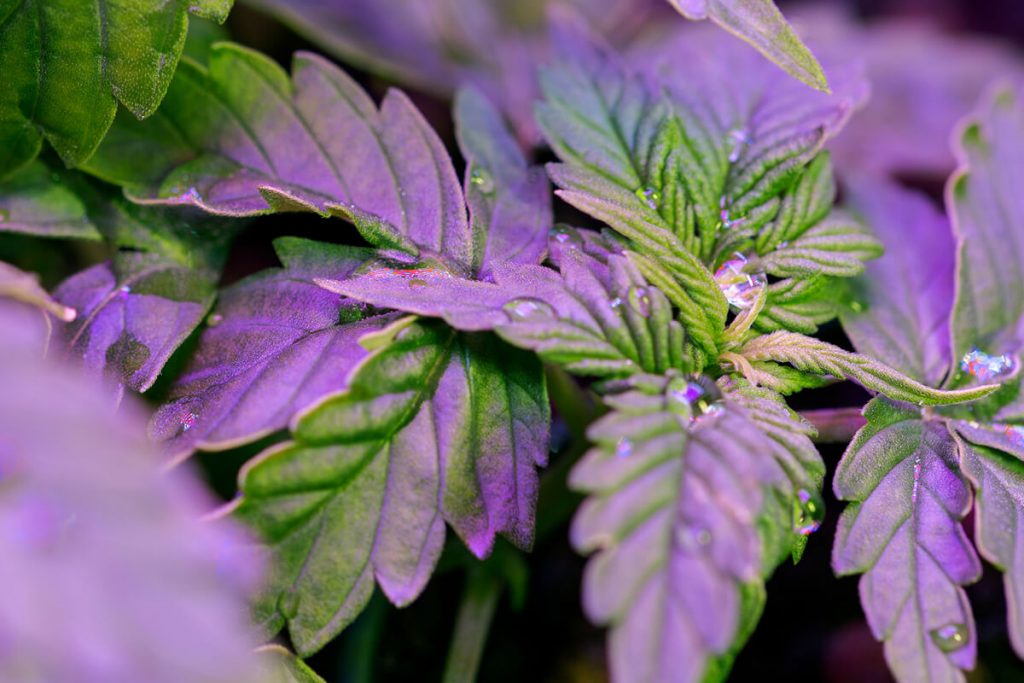
LED Grow lights are good for multiple plants. You can use it to grow
- Seedlings
- Succulents
- Vegetables
- Tomatoes
- Orchids
Grow lights that use LED technology are great for succulents because they produce the same wavelengths that succulents require not just to froe but to thrive. They last longer and do not produce degrading light output. Tomatoes, orchids, and other types of vegetables like lettuce and cabbage can also be grown indoors using LED lighting
When to use LED Grow lights in your plant?

If you are planning to use Grow lights on your plants, consider turning your light on when the first seeds begin to sprout. Giving the plant sufficient lights from the start will increase their growth rate. Also, make sure that the plant is directly under the light for better results.
How do LED Grow lights work?
LED Grow lights use semiconductor materials to create light spectrums. These materials are of two types. The first type has what is called electrons, which is a negative charge, while the second one is called holes, which is a positive charge. When an electric current passes through the chips, they emit lights.
What kind of LED grows lights are good for plants?
LED grow lights come in varieties of shapes and sizes, but they all serve the same purpose: to boost plant growth. Some of the common forms include
- Strips
- Bulbs
- Lamps
- Bars
LED Grow light Wattage
As for the wattage, they are also of different types. Common wattage varieties are
- 30 Watts
- 300 Watts
- 400 Watts
- 600 Watts
- 1000 Watts
- 2000 Watts
Before you choose a bulb for your indoor farm, consider the coverage area. Rectangular bulbs of 2000 watts can cover an indoor area of between 7.5ft-8ft at a 24 inches elevation. This will open up enough space for the light to penetrate.
Why are LED Grow Lights Purple?
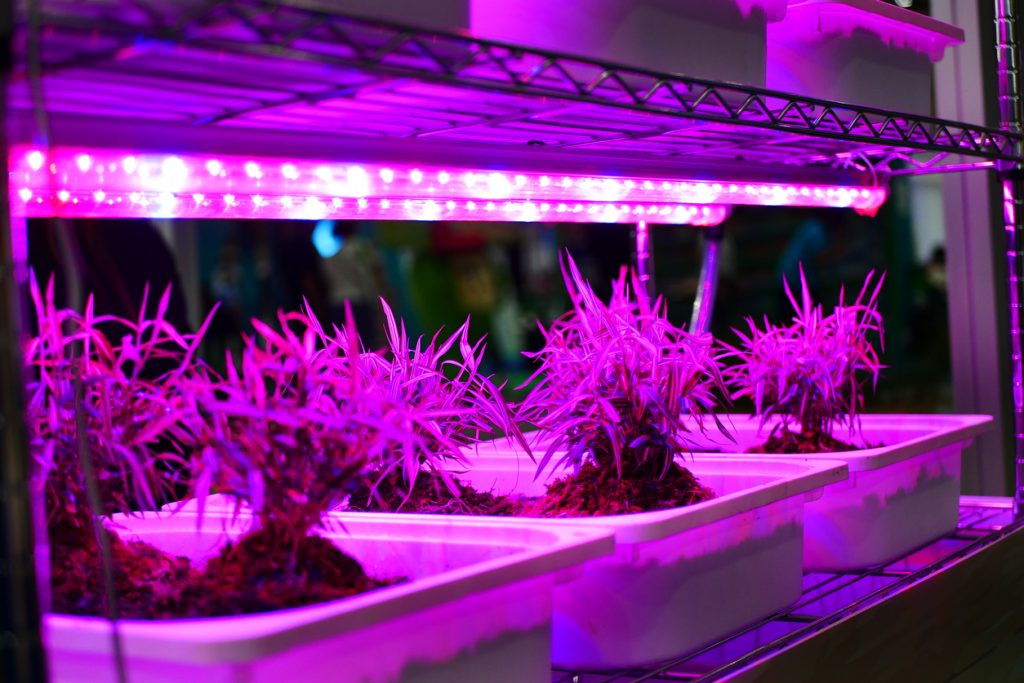
LED Grow lights are purple because of the combination of red and blue wavelengths produced by LED semiconductors. That two wavelengths are critical to the development of plant lifecycle.
LED Grow Light Spectrum
There are different light color spectrums. The White light produces a full-color spectrum, which looks like natural light and provides a balance between the red, green, and blue light.
Lighting technology comparison
Due to the significant number of technology out there, it is difficult for some to make a choice based on knowledge. To help you make the right choice, we provide you with a detailed comparison of the other traditional lighting systems and how they compare with LED technology.
#1. LED Grow Light vs. Fluorescent lights
Fluorescent lights were in use long before led was invented. This traditional lighting system has offered lighting to many across generations, but how do they compare with LED? Let’s have a look.
- Efficiency- In terms of efficiency, LED is king. In terms of quality, a 300w LED bulb is equivalent to a 600w fluorescence lamp. This means that LED saves up to 50% of light energy while producing the same measure of light at the same time.
- Heat output -LED releases little or no heat compared to fluorescents. For plants to enjoy optimal and sustained growth in an indoor environment, they need less heat, which is why LED is the ideal choice.
- Lifetime -LED wins or in this category again. The average LED light has a minimum lifespan of 50,000 lighting hours compared to T5 fluorescents, which have only 20,000 hours lifespan.
- Pricing- In terms of the average price of a LED bulb, it is significantly more expensive than fluorescent bulbs, but they use half the energy. If you want to rate cost based on cost per unit, LED is expensive. However, if you take a long-term view, and you consider the energy consumption ratio, it becomes a much cheaper alternative to fluorescent lamps.
#2. HID vs. LED
- Heat production-LED produces less heat compared to HID systems, and they are better for options for growing food in a concealed environment.
- Cooling effect-LED lights require little or no air conditioning since they produce little heat. Using this technology, you can cut down on the extra cost you would have spent on cooking systems if you use HID or other traditional lighting systems. And they are favorable for long term planting and growing.
- Lifespan-The average HID bulb lasts between 10,000-18,000 hours compared to the 50,000 hours that LED offers. If you go for HID, you’ll spend more replacing dead HID bulbs frequently. The LED, on the other hand, lasts 5 times longer.
- Reliability-This category is openly contested by professionals for obvious reasons. HID has been in use longer than LED lights, so there is more than enough data to observe the efficacy of HID compared to LED. Based on records, one may argue that HID is more reliable and easier to work with. Having said that, many growers have used LED to a positive effect, and the trend continues.
- Affordability-For first-timers, HID is the better option. And they cost less. But when you consider their energy consumption, LED becomes the ideal option. LED may cost a lot more, but it consumes less power and emits less heat. With less heat in your enclosed space, there is no need for an internal cooling system.
- Full light Spectrum-HID produces a full light spectrum and low light intensity, especially if you are using an HID bulb of high quality. Both HID and LED are great, so the choice is yours. What I will say is; if you are using LED, consider pruning your plants regularly to allow light penetration. If your plants consume abundant light, they will grow well.
NB: For best results, consider using both technologies. They work well with each other. If you can afford to buy and maintain both, why not go for them. The better the light quality, the better your yields.
#3 CFL vs. LED
CFL is also very good for boosting plant growth, so it depends on your budget, your long-term plans, and the type of plants you wish to cultivate. CFL is good for small indoor spaces. If you have a small budget, CFL is a good option. If you have a larger budget and your indoor space is a lot bigger, consider going for LED.
#4. t5 vs. LED
t5 is a fluorescent bulb that has been in use for a very long time. LED is a recent innovation and works better. As for a comparison goes, deciding on whether or not better than a t5 bulb is not a straightforward as many have been led to believe. If you are using a small area to cultivate your plants, t5 is a much better option. LED is only ideally you want to achieve better economies of scale.
How to use LED Grow Lights?
The use of LED Grow lights is relatively easy. With just a few steps, you should be able to light up your entire conservatory or indoor farm with your LED bulbs. But before anything, make sure you buy high quality LED lighting that is durable and easy to operate. Here are the simple steps to use LED Grow lights to boost plant growth.
Step 1 – Install and adjust the grow lights
The first thing you need to do is to install and adjust the light above the plant. This should be done while considering the following stages.
Early-stage: At the early vegetative stage, install the light at 300mm above the plant to ensure that the light shines directly on the plant.
Vegetative stage: When the plant begins to sprout leaves, adjust the light by extending the distance from the initial 300mm to about 500mm-600mm. As growth progresses, the light needs to reach the plant’s root. To achieve this, the light has to be lower than ever before. The general rule to achieve consistency is this; if the plant needs higher light levels, keep the distance above 300mm. If it needs lower light levels, keep it above 600mm.
Budding stage: At the budding stage, a height of 300mm-600m is fine.
Step 2 – Watering
When watering your plants, keep a close eye on evaporation. If you apply too much water, the evaporation rate may increase, leading to significant problems. Many traditional lighting systems like fluorescent and incandescent bulbs absorb water at a higher rate than LED. While watering may cause problems for the others, this is not the case with LED, but it pays to water your plants moderately.
Step 3 – Be mindful of feeding
When feeding your plants with fertilizer and other growth boosters, do so according to specifications. If you use LED lights, consider adding Cal-Mag to your feeding regime. Under hydroponic conditions, evaporation is less, so be mindful of the number of growth boosters you use.
Step 4 – Supply additional heat if necessary
When the weather is cold or during winter, there is little or no heat in indoor farms. Remember that LED produces very little heat, and heat is necessary for growth. If you notice that there is little hear in the room, supply additional heat using economical methods. You may choose to use a heating system or install HPS or other forms of traditional lighting systems. If you use the second option, turn off the LED lights when they are switched on to save energy and to reduce cost.
On a final note, there are different types of LED lights, and they aren’t operated in the same way. Before you start using yours, make sure you read the user manual provided by the manufacturer. Install them as instructed and follow other relevant instructions to get the best results.
Which LED Grow Lights are the best?

LED Grow lights come on different shows and specifications. One can not just determine the best type of Grow light without first considering the
- Nature of plants
- Indoor room space
- Budget
- Internal setting
- Prevailing weather conditions
- Light color
These and more are some of the factors to consider before making a final choice on the LED light to go for. Make sure you consider all these factors and more. And beyond that, also consider the long term results you hope to achieve.
How many watts per square foot for LED Grow lights?
This will depend on the space area. If your farm has a size of 7.5ft-8ft, you will need a 2000 watts bulb to cover the entire area. Just note that if you have more light in the play, your plant will grow well.
Will LED Grow Lights hurt your eyes?
Many fear that proximity to LED light will hurt their vision. There are several factors that one has to consider. These factors are the intensity of the light in question, the duration at which your eyes are exposed to the light rays, and the wavelength. Staring at a bulb that’s lighted at full intensity will hurt your vision and even lead to permanent damage regardless of the wavelength.
So while LEDs are not dangerous, constant and prolonged exposure to them can hurt your eyes. Intense light exposure can damage the skin around the retina, causing partial blindness, which may then lead to permanent damage if not treated. Most LED bulbs produce wavelengths that are not dangerous, but the ultraviolet rays some of them produce can have harmful effects on the eyes. But HID, CFL, and other traditional lighting systems produce more Ultraviolet rays than LED.
Red-colored LED lights produce less light and are not harmful. To protect your eyes, always wear protective glasses when working under intense light. Also, avoid staying under the light for too long. If you are working for long hours, take intermittent breaks to see your vision.
How far away should LED Grow lights be from the plants?
The ideal distance between your LED Grow light and your plant should be between 12-30 inches. As the plant begins to grow in length, regularly adjust the bulbs to maintain the distance. You may choose to increase or reduce the distance depending on the Watt of your bulb. Bulbs with higher wattage produce more light, so the distance should be more than 30ft.
Where to buy LED Grow Lights
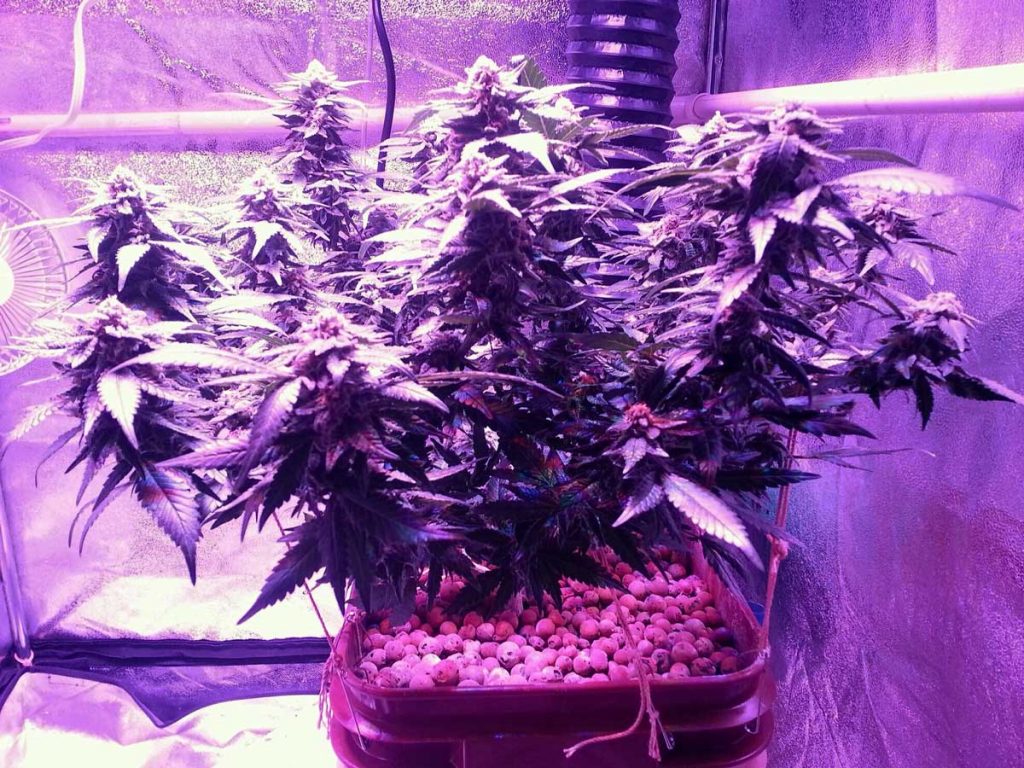
There are many places you can shop for LED Grow lights. The easiest place to go shopping for Grow lights is on online platforms. Popular platforms to search for LED Grow lights include
- Amazon
- eBay
- Alibaba
These platforms have a limitless number of lighting equipment offered by different manufacturers, all sold at different prices. Having more options at your fingertips provides you with the opportunity to compare quality and prices. After placing your order and making payment, the seller will ship the equipment to your desired location.
LED Grow Lights at wholesale prices
If you plan to buy several lights at once, you may want to buy directly from the manufacturer or a big supplier who will offer the equipment to you at wholesale prices. Buying at wholesale prices will reduce the price per unit you will eventually pay, thereby reducing the overall price.
Conclusion
LED Grow lights have proven to be very effective growth-boosting equipment for plants. In the past, planting was mostly an outdoor affair but not anymore. Lighting provided people with the opportunity to grow food and plants in enclosed spaces, and LED has only made this move more effective. For best results, make sure you go for only the best LED Grow lights that consume less energy but provide more lighting hours, as much as 100,000 hours.

